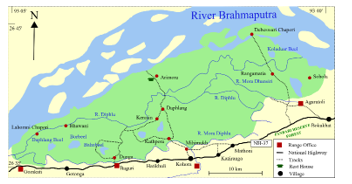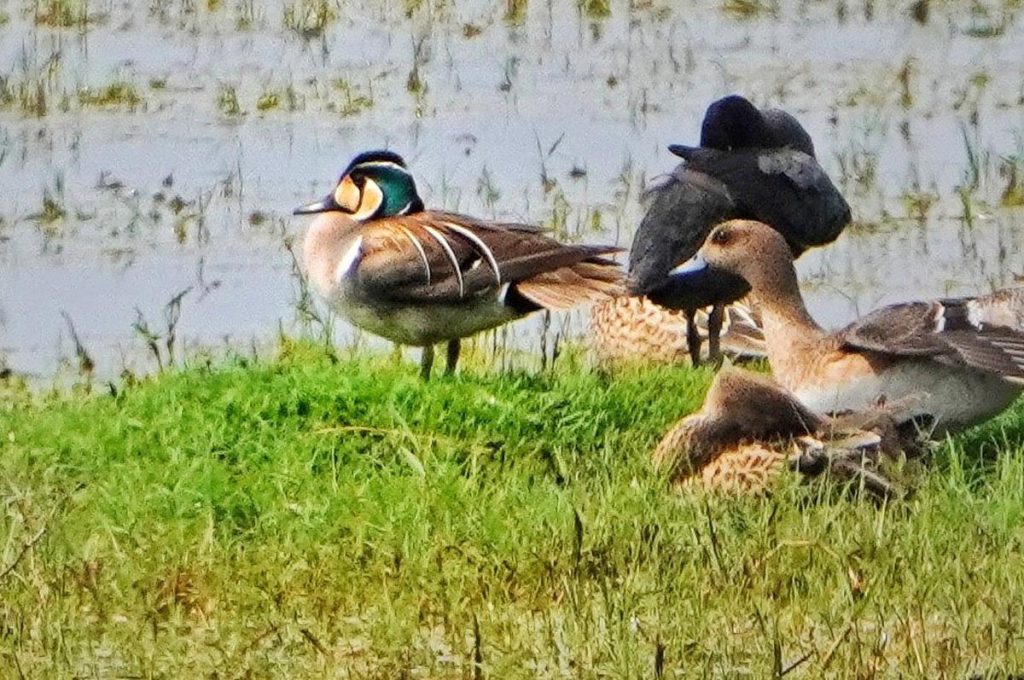Syllabus
GS 3: Environment
Context:
Recently, Kaziranga National Park and Tiger Reserve (KNPTR) in Assam recorded 43 grassland bird species.
More on News
- Findings represented rare ‘master nest-builder’ Finn’s Weaver colony.
- For survey they utilis a combination of point count surveys and passive acoustic monitoring.
- Found the breeding colony of Finn’s Weaver (Ploceus megarhynchus) it is vital indicator of grassland health.
- The survey covered the Eastern Assam, Biswanath and Nagaon wildlife divisions.
Key Findings

- Among them, 1 is critically endangered, 2 are endangered, 6 are vulnerable and some are only found in the Brahmaputra floodplains.
- They place special emphasis on ten focal species it include Bengal Florican, Swamp Francolin, Finn’s Weaver, Swamp Grass Babbler, Jerdon’s Babbler, Slender-billed Babbler, Black-breasted Parrotbill, Marsh Babbler, Bristled Grassbird and Indian Grassbird.
- This was the park’s first survey of grassland avifauna moving beyond just focusing on megafauna of the whole ecosystem.
Kaziranga National Park and Tiger Reserve (KNPTR)
- It is India’s seventh UNESCO world heritage site comprises of three forest Eastern Assam, Bishwanath and Nagaon.
- It is home to remarkable population of “BIG FIVE”.
- It comprises 2613 Greater One-horned Rhinoceroses as 2022 census, 104 Tiger in 2022, 1228 Elephant in 2024, 2565 Water Buffalos in 2022 and 1129 Swamp Deer recorded in 2022.
About Kaziranga Grasslands (Finn’s Weaver)
- It is a biodiversity hotspot known for its rich flora and fauna now further highlighted by its diverse birdlife.
- Finn’s Weaver is an indicator species for grassland its presence denotes intact, functioning grassland ecosystems.
- Finn’s Weaver is listed as Near Threatened (IUCN).
- Grassland birds maintain ecosystem health by controlling insect population, seed dispersal and vegetation modification.
Challenges in Conserving Kaziranga’s Grassland Habitats
- Expansion of agriculture and settlement.
- Changing rainfall patterns due to climate change.
- Frequent flooding in Kaziranga alters habitat affect breeding and nesting cycles of the birds.
Conservation Policy for Kaziranga
- Focus on landscape level conservation through National wildlife action plan
- Implementation of India’s obligations under the CBD.
- Integrated Development of Wildlife Habitats and protection of endangered species in their critical habitats.
- Species-specific flagship programmes focusing on habitat conservation and protection from poaching.
- This will help India to achieve its Sustainable Development Goal (SDG)-15: Life on Land.

Source

